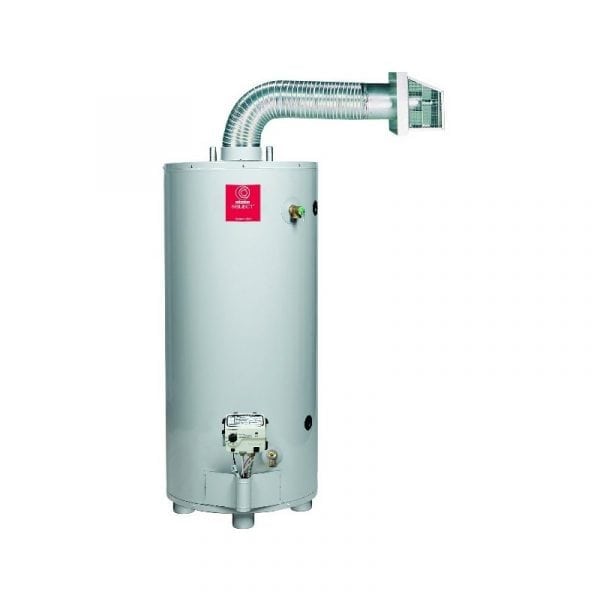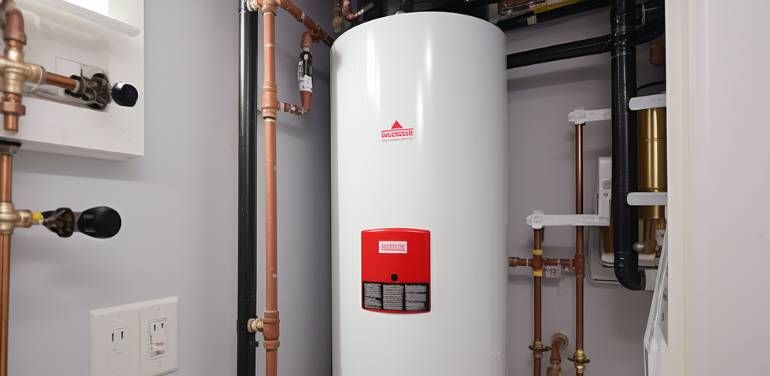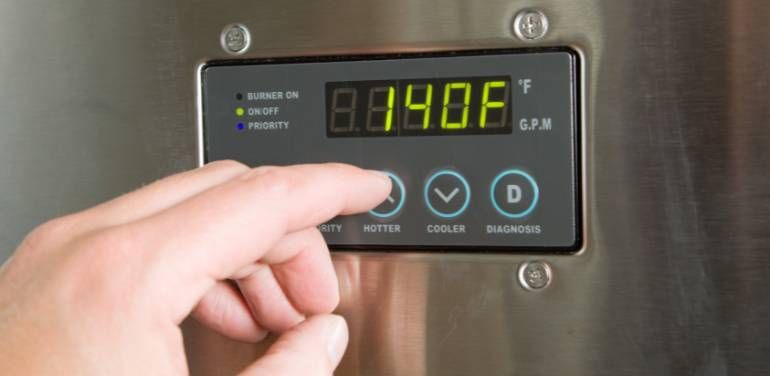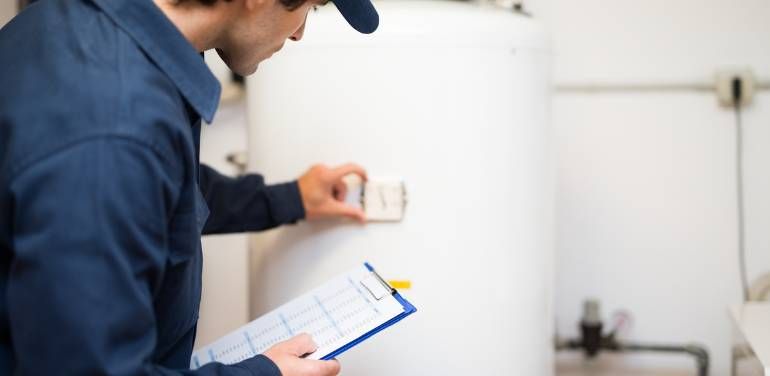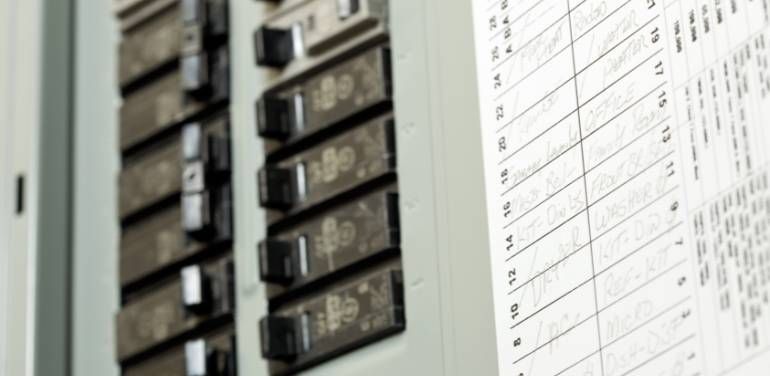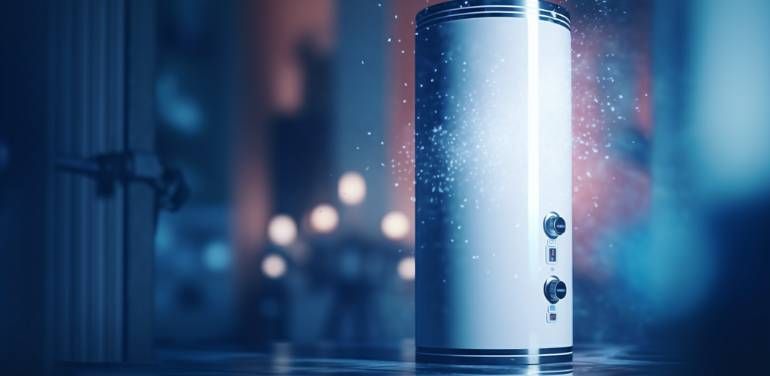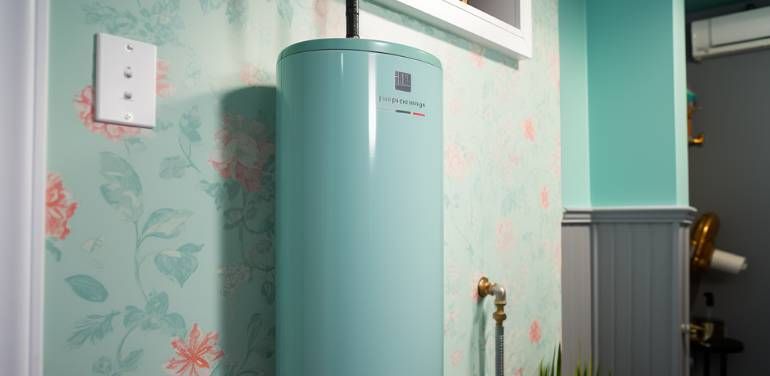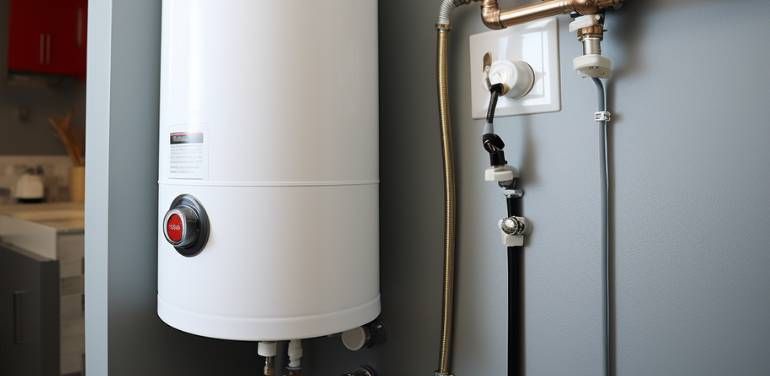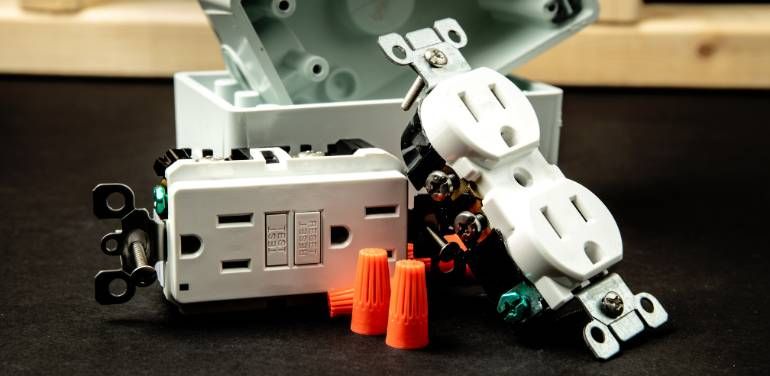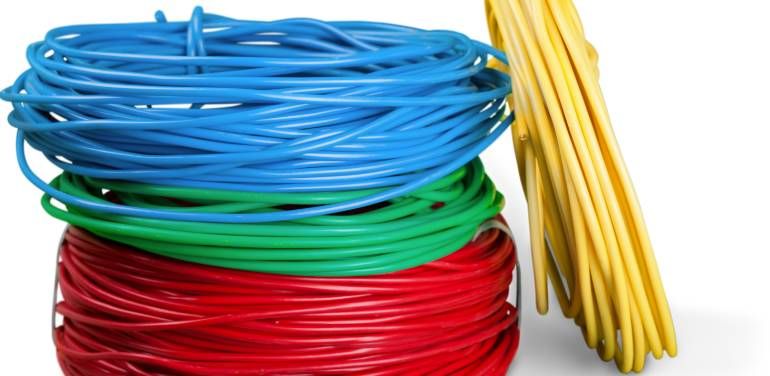What is a direct vent water heater?
What is a direct vent water heater?
Direct vent gas water heaters are better used where there is inadequate ventilation in the installation room in your house. A direct vent water heater draws air for combustion from outside your house. The water heater duct generates excess heat and then is vented outside.
A direct vent water heater uses special concentric venting with separate intake and exhaust chambers in a single assembly. The vent runs from the water heater across the building. They pull and push air from outside to negate any backdrafting. When setting up a propane tank water heater, it is easy to reduce chance of burning. We consider hiring a skilled plumber for installation.
